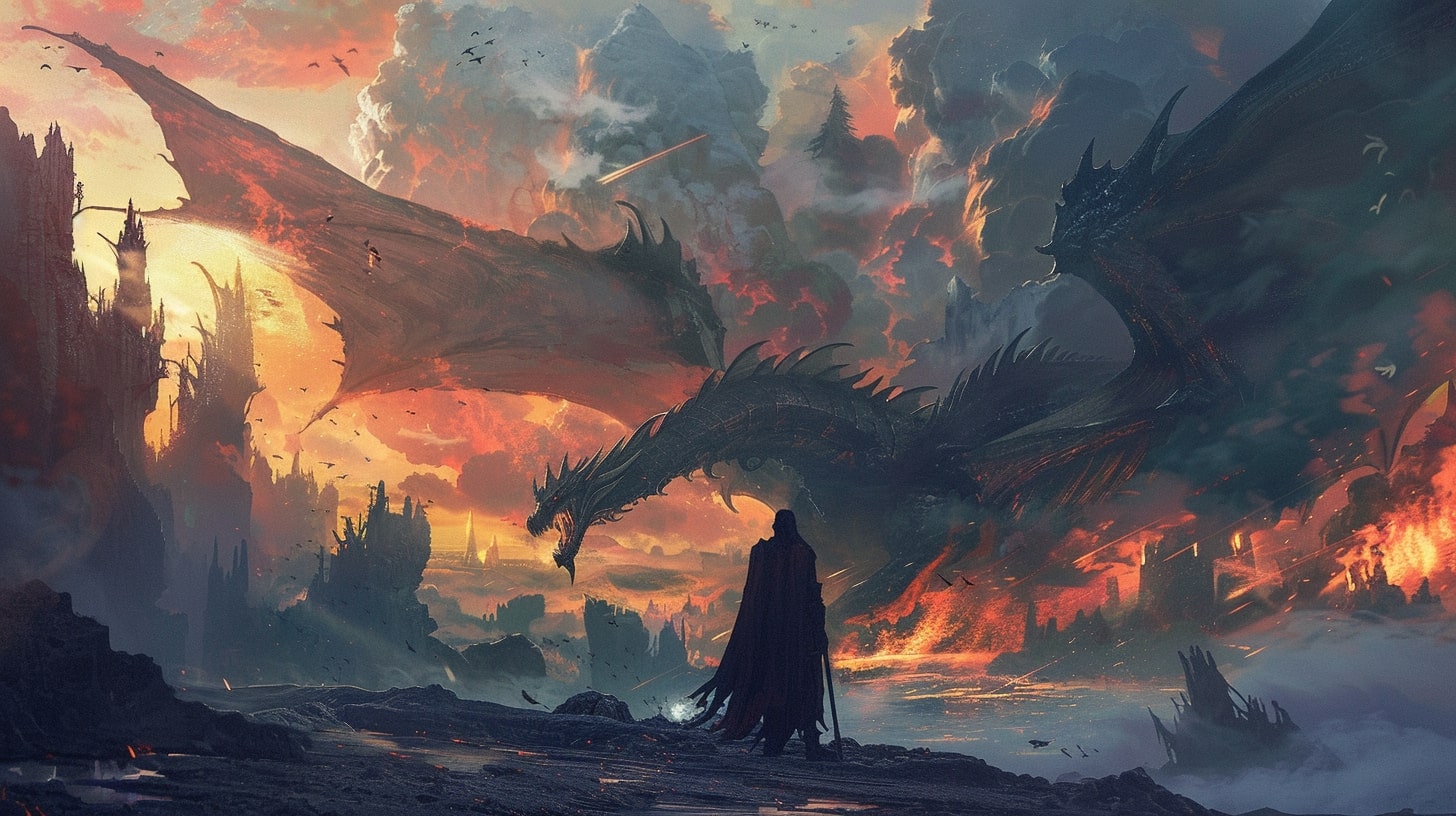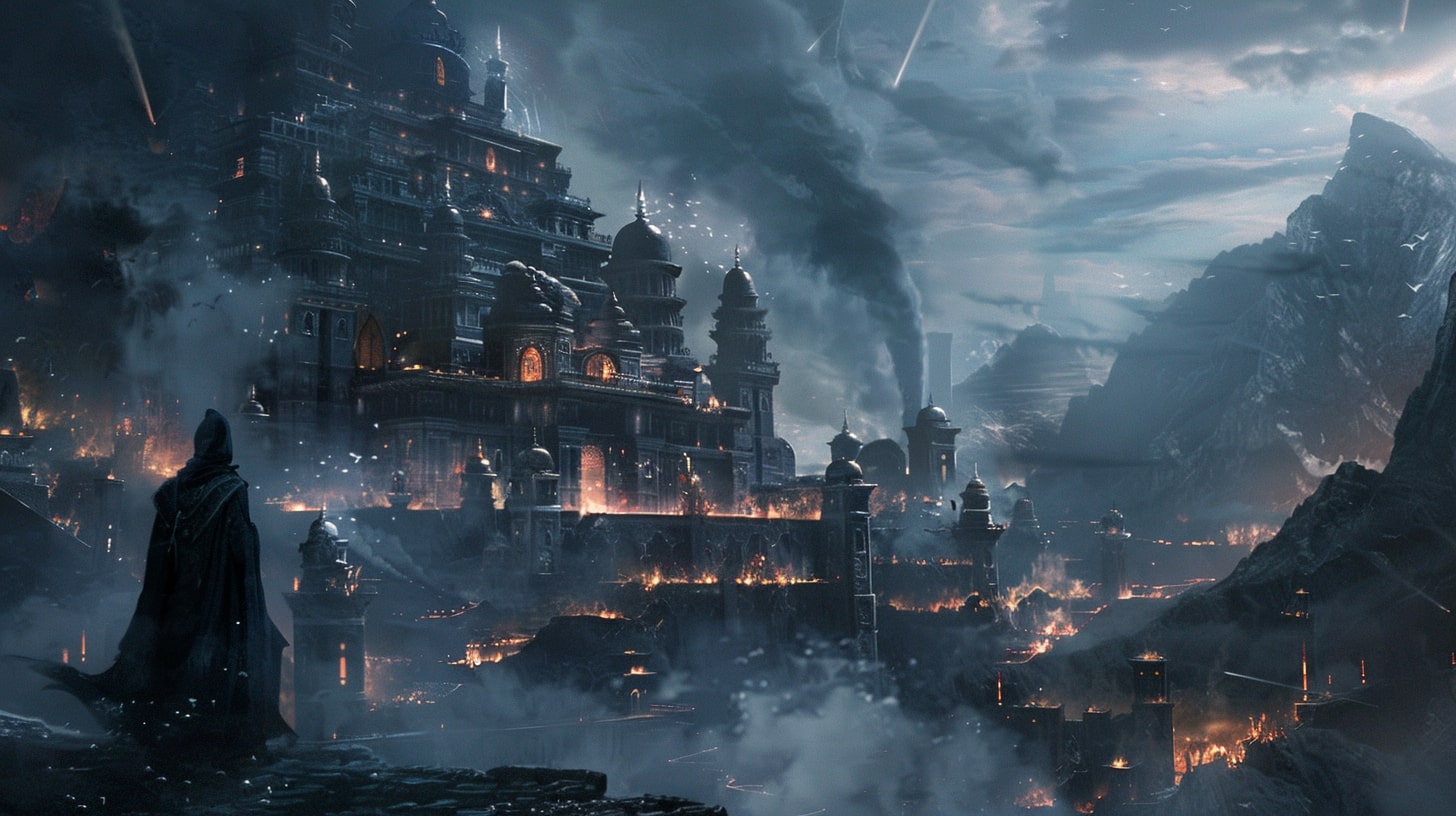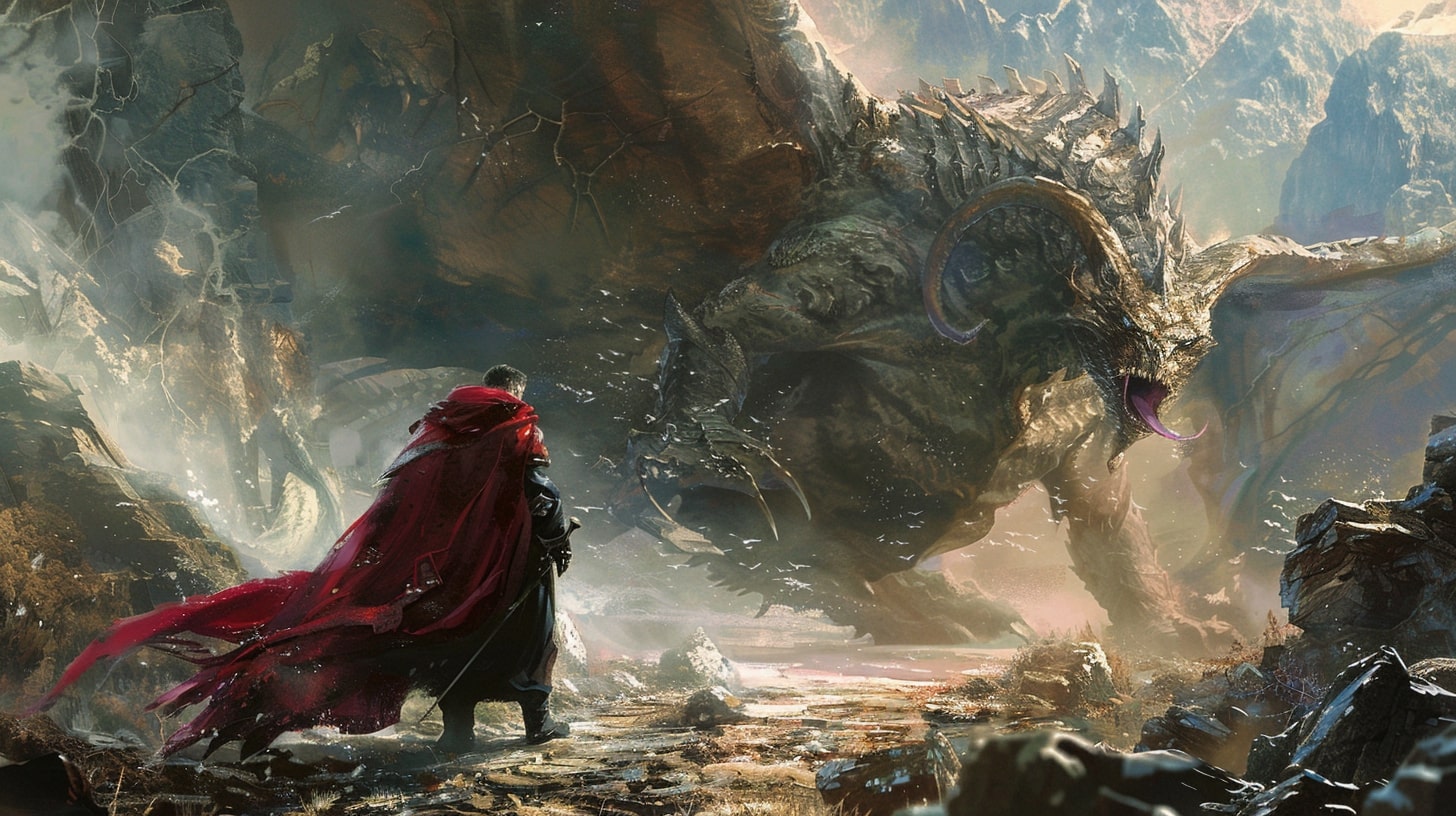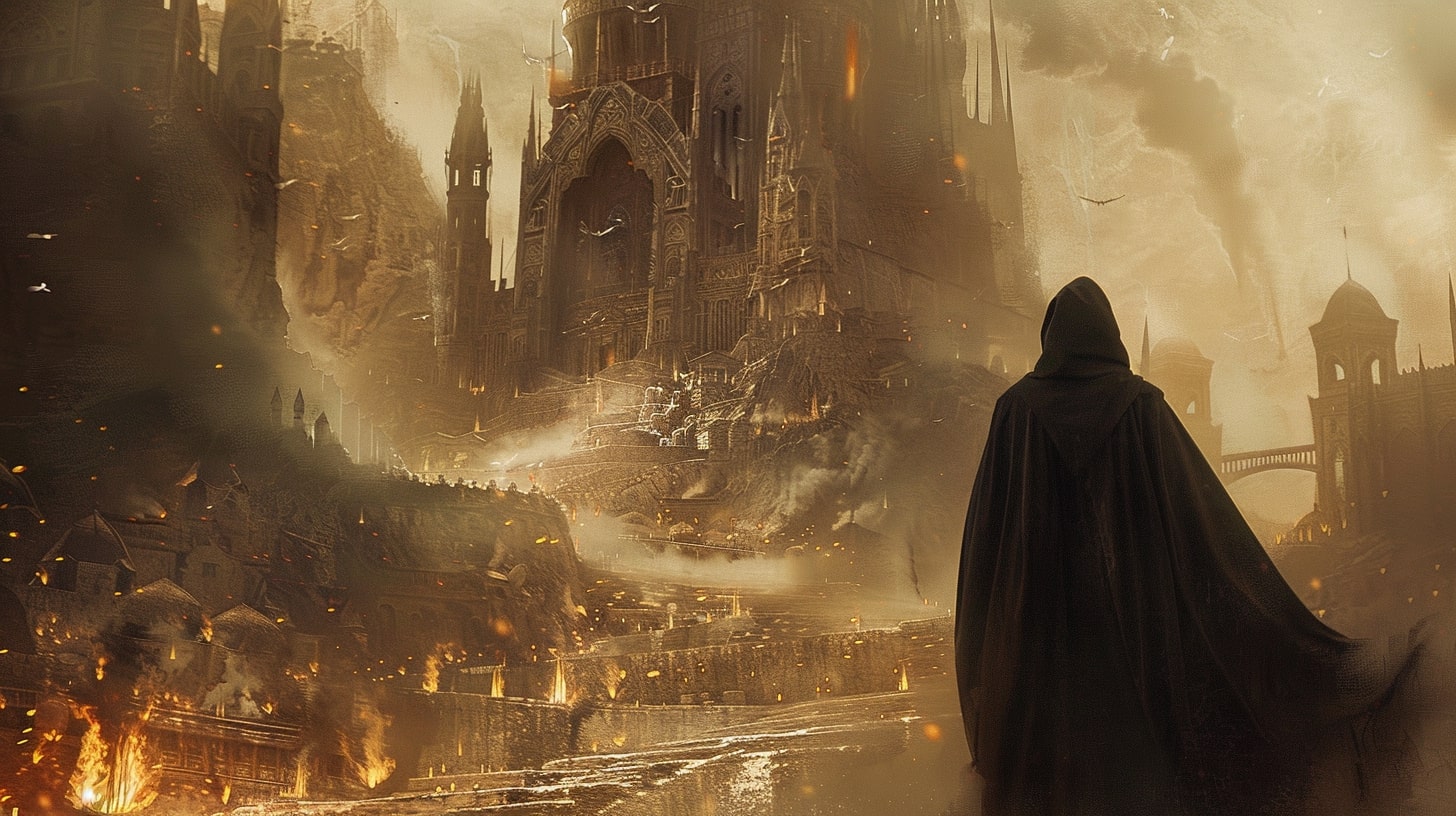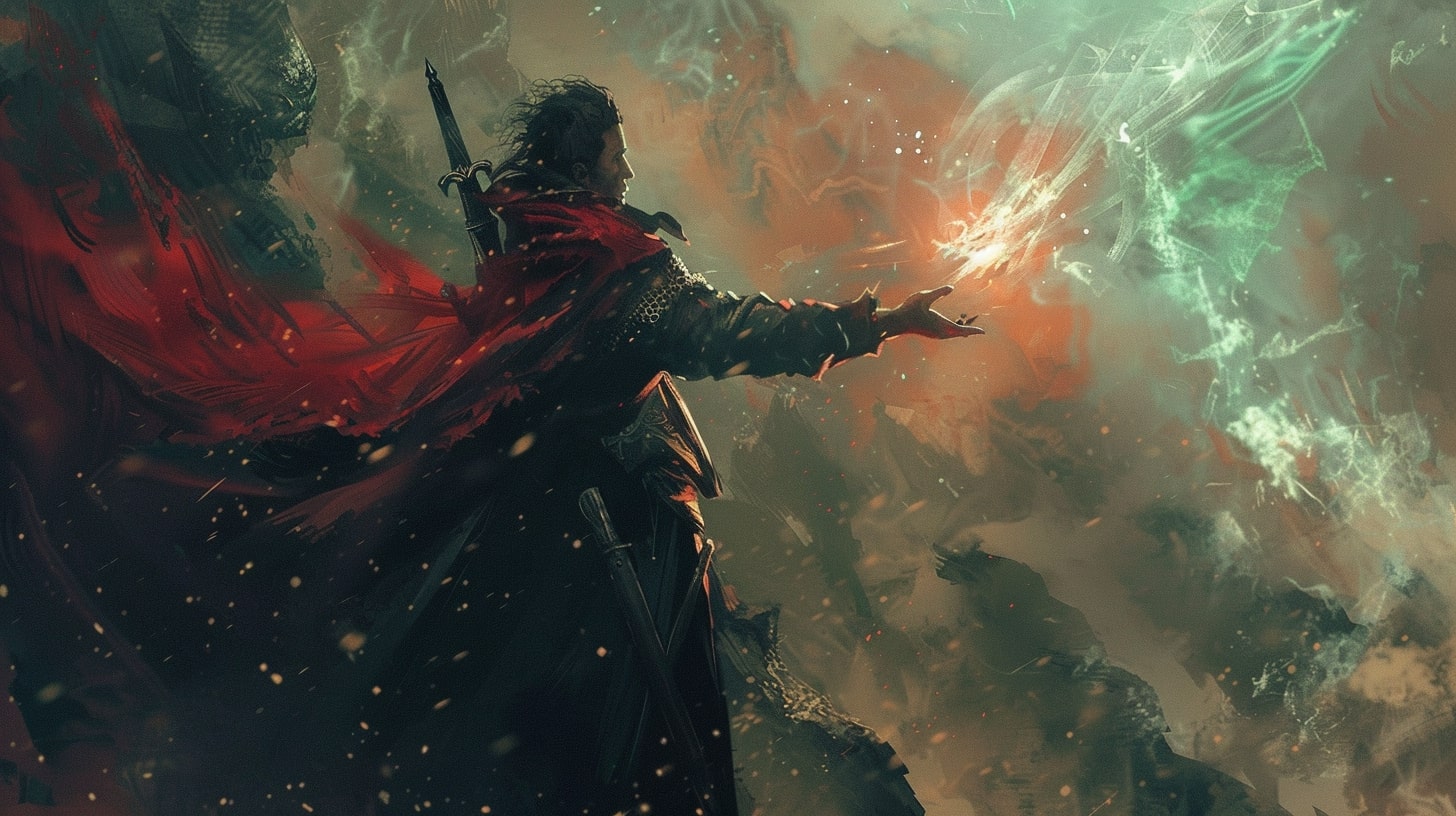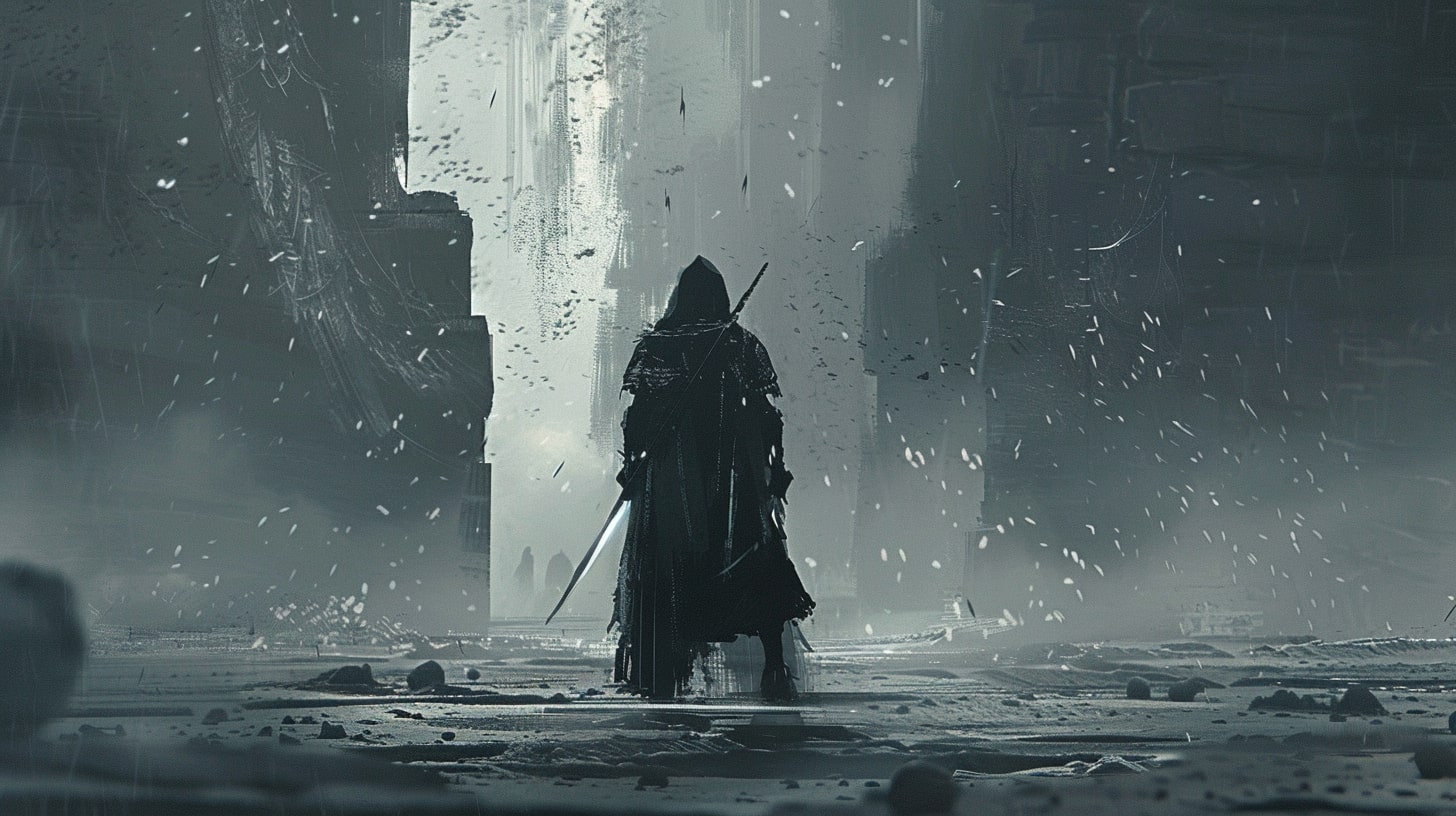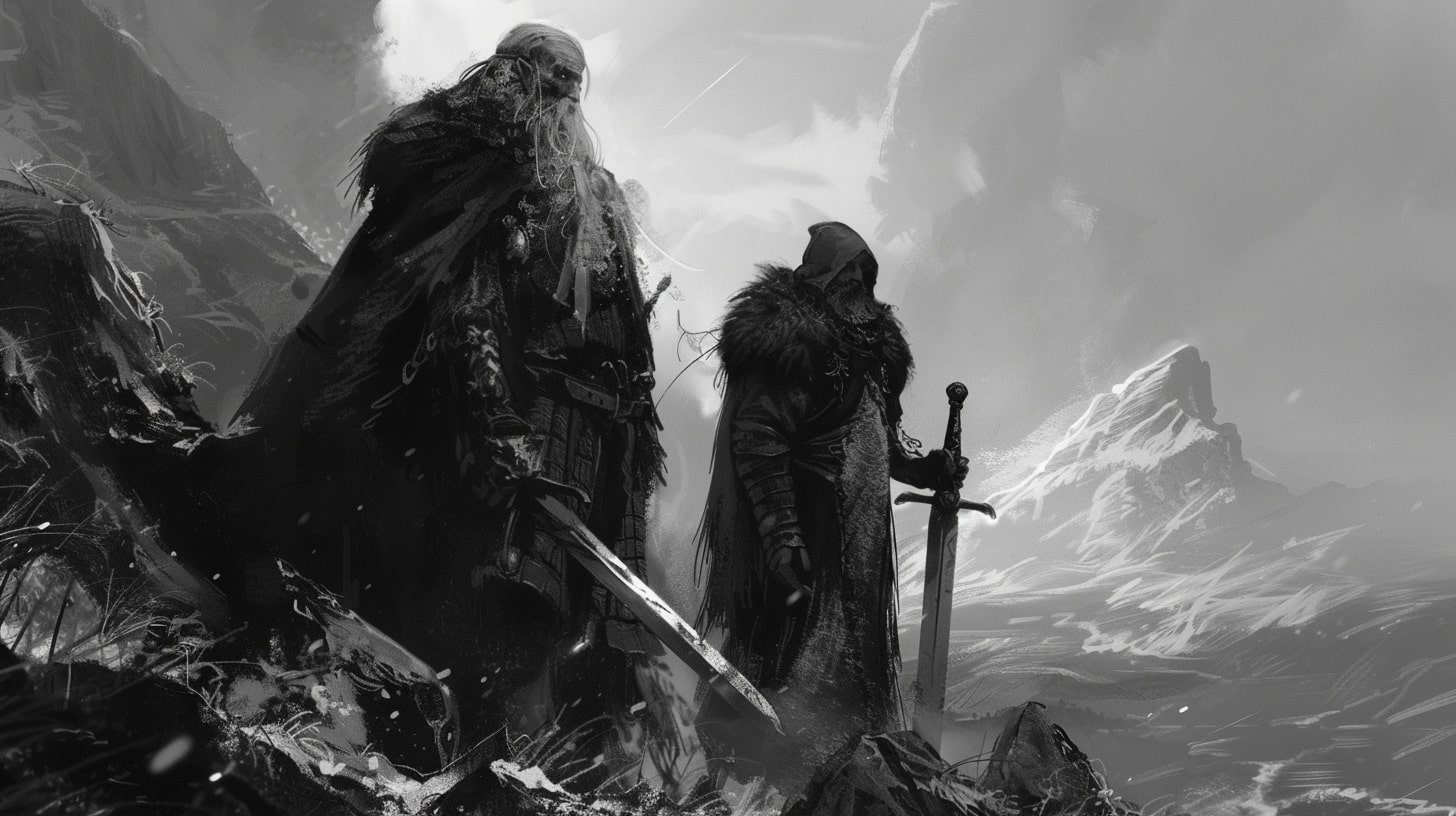Setting Your Characters Up for Success
Congratulations, aspiring writer! You’ve embarked on a thrilling journey to create captivating stories and unforgettable characters. Now, let’s talk about setting your characters up for success by focusing on the importance of goals and objectives and the power of a well-defined character.
With any type of character development, it’s important that you have clear character goals and objectives. Otherwise, what’s the point of the story?
If your characters have nothing that drives them then there is nothing to drive the reader. So let’s figure out how to set up the right kind of goals and objectives so your characters pop off the page.
The Importance of Goals and Objectives
Picture this: you’re writing a story, and your character is just wandering aimlessly through the pages, unsure of what they want. Sounds pretty boring, right? That’s where goals and objectives come into play. They give your characters purpose and direction, propelling the story forward with excitement and anticipation.
Goals are the big dreams, the grand ambitions that your character strives to achieve. They provide a sense of purpose and drive, giving your character something to aim for. Objectives, on the other hand, are the smaller, more specific milestones that your character must accomplish along the way to reach their ultimate goal.
By giving your characters meaningful goals and objectives, you create a roadmap for their journey. Will they conquer the dragon and save the kingdom? Will they find true love in the bustling city? Will they finally learn to conquer their fear of spiders? The possibilities are endless, and it’s up to you to guide your characters towards success.
The Power of a Well-Defined Character
Now that we’ve established the importance of goals and objectives, let’s dive into the power of a well-defined character. Think about it – when you meet someone in real life, what makes them interesting? Is it their unique personality? Their quirks and flaws? Their hopes and dreams? The same applies to your characters.
A well-defined character is like a breath of fresh air in a stuffy room. They have their own distinct personality, quirks, and motivations. They feel like real people, with their strengths and weaknesses, their fears and desires. Your readers will become invested in their journey, cheering them on as they navigate the ups and downs of their quest.
To create a well-defined character, start by understanding their personality. What are their likes and dislikes? What makes them tick? Dig deep into their backstory, their hopes, and their fears. This will help you craft a character that feels authentic and relatable. For more guidance on character development, check out our article on character personality traits.
Remember, your characters are the heart and soul of your story. So, take the time to develop their goals and objectives, and breathe life into their personalities. With a well-defined character and a clear sense of purpose, you’ll be well on your way to crafting a story that captivates readers and keeps them turning the pages.

Identifying Meaningful Goals
Ah, the age-old question: what do your characters want? It’s time to dive into the realm of character goals and objectives. But wait, what’s the difference between these two? And how can you craft compelling goals that will keep your readers hooked? Let’s find out!
The Difference Between Goals and Objectives
Before we embark on this epic quest of character development, let’s clarify the distinction between goals and objectives. In a nutshell, goals are the big, overarching desires that drive your characters forward.
They are the ultimate prizes they strive to achieve, like slaying a dragon or becoming the world’s greatest pastry chef. Goals give your characters purpose and direction, and they shape the main plot of your story.
On the other hand, objectives are the smaller, actionable steps your characters take to reach their goals. These can be seen as mini-quests or milestones along their journey. For example, if your character’s goal is to become a renowned author, their objectives might include attending writing workshops, completing a novel, or getting published.
Remember, goals and objectives work together like a team of adventurers. Goals provide the destination, while objectives pave the way to get there. By striking a balance between these two, you can create a compelling narrative that keeps your readers engaged and rooting for your characters.
Strategies for Crafting Compelling Goals
Now that we’ve established the importance of goals, let’s discuss some strategies for crafting goals that will make your characters shine like mythical treasures.
Make them meaningful: Your characters’ goals should resonate with their desires, values, and motivations. Consider their personality traits and backstory to ensure the goals align with who they are. You wouldn’t want a shy introvert aiming to become the center of attention at a grand ball, would you? For more inspiration on character development, check out our article on character personality traits.
Create conflict: Goals are much more compelling when they are challenging to achieve. Introduce obstacles, internal conflicts, or competing goals that force your characters to grow and evolve. This conflict will add depth and tension to your story, keeping readers on the edge of their seats. Want to learn more about character conflicts? Check out our article on character conflicts and resolutions.
Balance short-term and long-term goals: Mix up your characters’ goals by including both short-term and long-term objectives. Short-term goals provide immediate gratification and keep the story moving, while long-term goals create a sense of purpose and anticipation. This balance keeps readers engaged throughout the narrative.
Embrace character growth: Goals can evolve as your characters grow and change throughout the story. Allow your characters to reassess their goals, adjust their objectives, and discover new desires. This growth adds depth to their journey and makes them feel more human. Check out our article on character growth and transformation for more insights.
Crafting meaningful goals is a crucial step in character development. With well-defined goals and objectives, your characters will embark on epic adventures that captivate readers’ hearts and minds. So, grab your quill and parchment, and start weaving the tapestry of your characters’ desires!

Crafting Motivated Characters
Creating characters with strong motivation is essential for driving the plot forward and engaging your readers. Understanding the motivation behind your characters’ actions can add depth and realism to their journeys. Let’s dive into the concept of character motivation and explore techniques for building strong motivations for your characters.
Understanding Character Motivation
Character motivation refers to the underlying reasons why a character behaves a certain way or pursues specific goals. It is the driving force behind their actions and decisions. Motivation can stem from a variety of sources, such as personal desires, external circumstances, or past experiences.
To develop compelling character motivation, it’s important to consider various aspects of your character’s life, including their personality traits, backstory, and goals. By understanding what makes your character tick, you can create a more authentic and relatable individual.
Techniques for Building Strong Character Motivation
Crafting strong character motivation requires careful consideration and attention to detail. Here are a few techniques to help you build compelling motivations for your characters:
Establish clear goals: Give your characters specific and meaningful goals to strive for. Whether it’s achieving a lifelong dream, seeking revenge, or finding love, goals provide a sense of purpose and direction for your characters.
Connect motivation to backstory: Consider your character’s past experiences and how they shape their current motivations. A traumatic event, a personal loss, or a significant achievement can all influence a character’s desires and drive their actions.
Create internal and external motivations: Characters can have both internal and external motivations. Internal motivations stem from their personal values, beliefs, and desires, while external motivations are influenced by their environment or the actions of others. Balancing these motivations adds complexity to your characters.
Establish stakes and consequences: Introduce stakes and consequences that your characters face if they fail to achieve their goals. This adds urgency and tension to their motivation, making their journey more compelling.
Allow for growth and transformation: Characters can evolve and change throughout the story. Their motivations may shift or deepen as they encounter obstacles and learn from their experiences. This growth adds depth to their development.
Remember, character motivation is not just about what your characters want, but also why they want it. By delving into their desires, fears, and aspirations, you can create multi-dimensional characters that resonate with your readers.
In the next section, we’ll explore the importance of aligning goals and objectives to create well-rounded characters and compelling narratives. But before that, let’s have a look at some interesting techniques to build strong character motivations. You can also check out our article on character development exercises for more tips and ideas.

Aligning Goals and Objectives
In the world of storytelling, aligning your characters’ goals and objectives with the overall story is crucial. It’s like trying to fit a square peg into a square hole, or a round peg into a round hole. You get the idea. Ensuring that your characters’ goals align with the story creates a sense of cohesion and drives the narrative forward. On the other hand, creating conflict through misaligned goals adds tension and complexity to your story. Let’s explore these concepts further.
Ensuring Goals Are Aligned with the Story
When developing your characters, it’s important to remember that their goals and objectives should be in sync with the story you’re telling. Just like a well-oiled machine, everything needs to work together harmoniously. If your story revolves around a thrilling heist, it wouldn’t make sense for one of your characters to have a goal of becoming a world-class pastry chef. Unless, of course, they plan to bake their way into the vault. Now that’s a twist!
Aligning your characters’ goals with the story ensures that their actions and motivations are purposeful. It helps maintain a strong narrative structure and keeps your readers engaged. So take a step back, evaluate your story’s core themes and plot, and make sure your characters are on the same page. For more ideas on developing well-rounded characters, check out our article on character traits and flaws.
Creating Conflict through Misaligned Goals
While alignment is important, sometimes it’s the misaligned goals that create the most compelling conflicts. Picture this: two characters with completely different objectives find themselves on a collision course. One wants to save the world, while the other wants to watch it burn. The tension, the drama, the potential for epic battles—it’s like fireworks on the Fourth of July!
These misaligned goals can lead to intense clashes, moral dilemmas, and character growth. They add depth and complexity to your story, making it more than just a straightforward journey. So don’t be afraid to throw some curveballs at your characters and see how they navigate the stormy waters of conflicting goals. For more insights on character development, check out our article on developing complex characters.
By aligning your characters’ goals with the story or creating conflicts through misaligned goals, you can elevate your storytelling game. Remember, it’s all about finding the right fit and keeping your readers hooked from start to finish. So go forth, master the art of aligning goals and objectives, and let your characters shine in the spotlight of your story.
Overcoming Obstacles and Challenges
Plotting the Journey Towards Goals is no easy task, but as a writer, you have the power to guide your characters through a series of twists and turns on their way to achieving their objectives. It’s like being the director of an action-packed movie—except instead of explosions and car chases, you’re dealing with emotional turmoil and character growth. Buckle up, because it’s time to put your characters to the test!
Plotting the Journey Towards Goals
Think of your character’s journey as a roller coaster ride. You want to take them on a thrilling adventure, full of ups and downs, that keeps readers on the edge of their seats. As your character progresses towards their goals, make sure to include a series of challenges and obstacles that they must overcome. These obstacles can be external, such as a formidable villain or a treacherous environment, or internal, like self-doubt or conflicting desires.
To keep the story engaging, it’s important to vary the types of obstacles your character faces. Perhaps they encounter a physical challenge that tests their strength and agility, followed by a moral dilemma that forces them to question their values. By mixing it up, you’ll keep readers invested in your character’s journey and eager to see how they navigate the hurdles in their path.
Introducing Conflict and Obstacles
Conflict and obstacles are the spice that adds flavor to your story. They create tension, drive the plot forward, and reveal the true depth of your characters. As your character strives to achieve their goals and objectives, it’s crucial to introduce challenges that make their journey difficult, if not impossible. But remember, it’s not about making their lives miserable for the sake of it—each obstacle should serve a purpose and contribute to their growth.
Consider the various ways you can introduce conflict and obstacles. It could be through the actions of other characters, unexpected plot twists, or even internal struggles within your protagonist. The key is to make these challenges meaningful and impactful. They should test your character’s resolve, expose their weaknesses, and ultimately lead to personal growth or transformation.
Remember, the journey towards achieving goals is rarely straightforward. It’s the detours, setbacks, and unexpected challenges that make the destination all the more satisfying. So, embrace the obstacles and conflicts that arise along the way, and watch as your characters evolve and conquer the challenges in their path.
Now that you know how to plot the journey towards goals and introduce conflict and obstacles, it’s time to dive deeper into adding depth and complexity to your characters. In the next section, we’ll explore techniques for layering goals and objectives and balancing external and internal objectives. Get ready to take your characters to the next level!
Adding Depth and Complexity
To truly bring your characters to life, it’s important to add depth and complexity to their goals and objectives. This will make them more relatable and engaging for your readers. By layering multiple goals and balancing external and internal objectives, you can create dynamic and multidimensional characters.
Layering Goals and Objectives
When crafting your characters’ goals and objectives, consider incorporating multiple layers to make them more realistic and compelling. Just like real people, characters can have multiple desires and motivations. These layers can be categorized into short-term and long-term goals, immediate needs, and personal aspirations.
Short-term goals are the immediate objectives that characters aim to achieve in the present moment. These can range from completing a task or solving a problem to fulfilling a basic need or desire. Long-term goals, on the other hand, represent the characters’ overarching desires or dreams that they strive for throughout the story.
By layering these goals, you create a sense of progression and growth for your characters. As they achieve their short-term goals, they can move closer to their long-term aspirations, providing a satisfying narrative arc. This progression also allows for natural development and transformation of your characters over the course of the story.
Balancing External and Internal Objectives
In addition to layering goals, it’s important to strike a balance between external and internal objectives for your characters. External objectives are tangible and observable goals that can be measured or achieved in the external world. These can include overcoming physical obstacles, achieving recognition, or acquiring material possessions.
On the other hand, internal objectives are the emotional or psychological needs and desires of your characters. These are often more abstract and subjective, such as finding love, seeking meaning or purpose, or overcoming personal fears and insecurities. Internal objectives add depth and complexity to your characters by exploring their inner thoughts, emotions, and conflicts.
By intertwining external and internal objectives, you create a rich tapestry of character development. Characters with both external and internal goals are more relatable and multidimensional, as readers can empathize with their external struggles while also understanding their inner conflicts and motivations.
Remember, the key to adding depth and complexity to your characters’ goals and objectives is to make them human. Infuse them with hopes, dreams, fears, and flaws. Let their desires drive their actions and shape their journey. By crafting well-rounded characters with layered goals and balanced objectives, you’ll create a more immersive and engaging reading experience for your audience.


